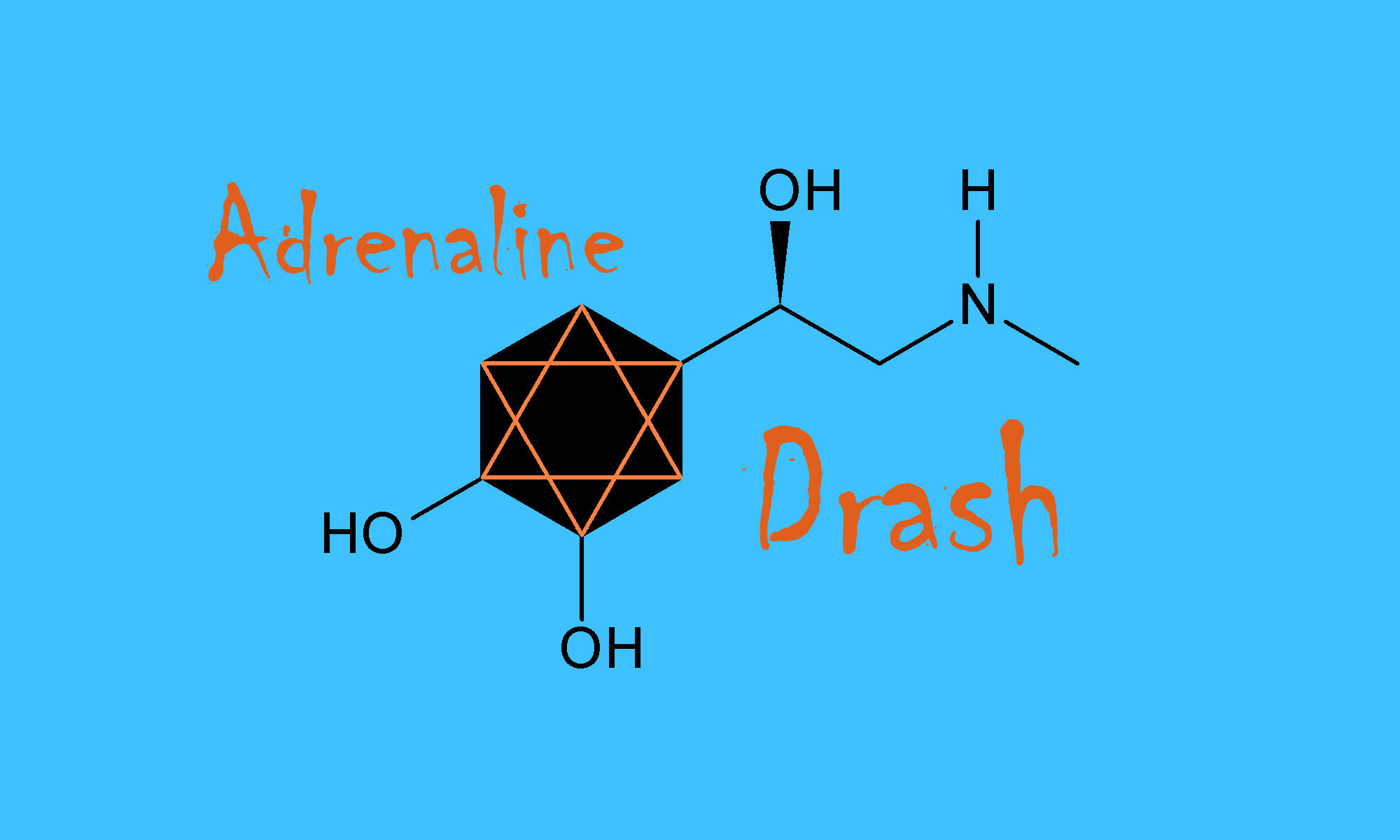 Someone I’ve never met needs a rabbi. That someone wants the rabbi right away.
Someone I’ve never met needs a rabbi. That someone wants the rabbi right away.
The caller ID says it all: the phone call is coming from the local hospital or hospice. The issues, the questions, the fears – they are pressing. Whatever I’ve planned will be set aside for someone I do not know but whose life I will suddenly, mysteriously, share.
This week’s call was about a sixty-two-year-old patient with an obviously Christian first name. His surname is one of the top five most common last names in Norway and Denmark.
But Jews come, after all, in all sorts of forms. The patient was, according to the chaplain, Jewish. He was insistent, she said. He needed to see a rabbi.
I drove to the hospital, found the room, and knocked at the open door. Then, I introduced myself.
“I am Jewish,” he said. He also told me that he believed that Jesus Christ was his Lord and his savior. Jesus had come to earth to give him the certainty of eternal life.
I asked him to tell me more about his Jewishness. He referred to an ancestor of three generations earlier. She was Jewish, therefore he was. He had read that. And he had always felt Jewish, he said.
Then he asked me a question: “What does it feel like to be Jewish?”
I smiled wryly. “Well, that’s an interesting question,” I said. “During which century? In which country? Is denomination a factor?” I could tell him what it felt like for me to be Jewish, I said, but it would be both overconfident and ignorant to try and speak for the entire tribe. Not to mention impossible.
He took that in good spirits and turned our conversation to what Judaism had to say about life after death. “I know I would be buried the same day in a plain box,” he said. “But then what?”
I explained that there were different ideas to be found in Judaism about the afterlife and summarized three or four. He listened carefully. Then I asked him to tell me what he believed.
“I know I have eternal life,” he said, “but sometimes I feel anxious.”
“Can you tell me more about that?” I asked.
His surgery had been postponed because of various complicating factors; he didn’t know when it would be done. Sometimes thinking about the surgery made him angry. He didn’t like not knowing. “It’s the human side that makes me anxious,” he said. “The spiritual side knows it doesn’t matter if I die tomorrow or later.”
I asked him to tell me what happened when he felt anxious. He described his heart racing, his hands shaking. We spoke about fear.
“Suppose Jesus was here in the room,” I said. “What do you think he would say to you when you are feeling afraid?”
As we talked, I found myself relying on his cues; when he needed Christian imagery, that’s what we both evoked. When he spoke about an experience wrestling with God in a wilderness, he brought up his Jewishness and I answered from that space.
I needed to honor the person this man believes he is; it was not a time for definitions or boundaries. In such moments, we must simply speak to the individual before us. In such a time, we may simply speak to God.
As I did, praying throughout our conversation that I would stay with the words of the moment, the feelings and thoughts of the person before me. That, in the end, is always the task – no matter who I am encountering.
Death hovered in the hospital room. I do not know if he will visit for real.
“I hope I didn’t waste your time,” he said.
“I hope I didn’t waste yours,” I answered, smiling again.
Who is a Christian? Who is a Jew? For this kind of work, it doesn’t much matter. Who is before me? That does.




